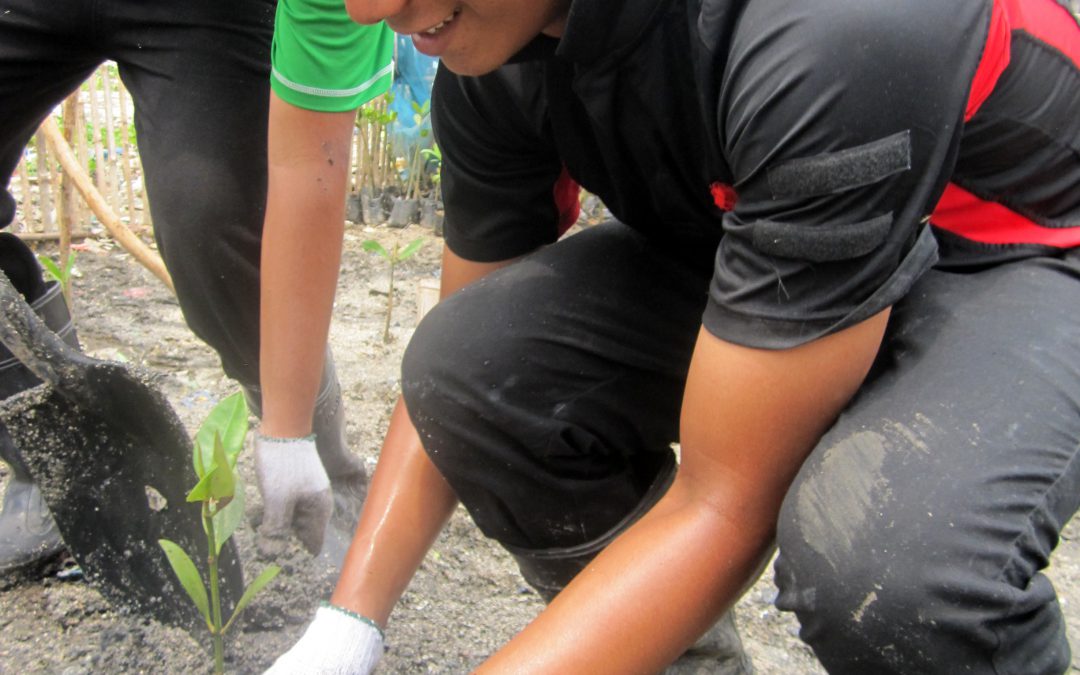Focused Sector(s): Sanitation, Sustainable Livelihood, Disaster Risk Reduction
Project: Ground Up, Clean Up
Date: July 2012, July 2013 / 12 months each
Location: Baseco, Manilla
Beneficiaries: 3,235 people
Problem(s):
- High population density of estimated 50,000 inhabitants within a land area of roughly 52 hectares
- Population made up of informal settlers from the rural areas in search of a better life in the city and evacuees left homeless from Metro Manila’s many natural disasters
- Settlement located in the pathway of typhoons passing from the Bicol Region and to Zambales, making the community vulnerable
- The area is the main dumping ground for the metropolitan’s garbage
- Pasig River has been declared biologically dead because it has become an unofficial dumpsite for the residents’ garbage
- The river floods frequently and without proper drainage systems, brings contaminated waters into the vicinity of the Baseco inhabitants and their homes.
Intervention and Impact
- Implemented a Disaster Risk Reduction programme that improved the overall capacity of the community to deal with the aftermath of a disaster as well as mitigate its effects.
- Disaster preparedness workshops and evacuation drills were conducted in collaboration with the local government and fire station.
- Increased access to community-based livelihood opportunities through the development of the design and production of water hyacinth-based eco-bags and urban gardening for sale.
- Removing water hyacinths from the Pasig River as raw materials for the eco-bags also helps unclog the Pasig river where rubbish is trapped by the plants
- An urban gardening demonstration farm was introduced and managed as a nursery or seed bank in the urban poor community. It also provided fresh vegetables to the community.
- Established a one community livelihood centre which sold the water hyacinth eco bags and other handicraft created by community within Baseco Compound
- The community has continued planting mangroves in an effort to rehabilitate their natural environment as well as develop protection from storm surges.
Cost: S$89,322
Share this article!


